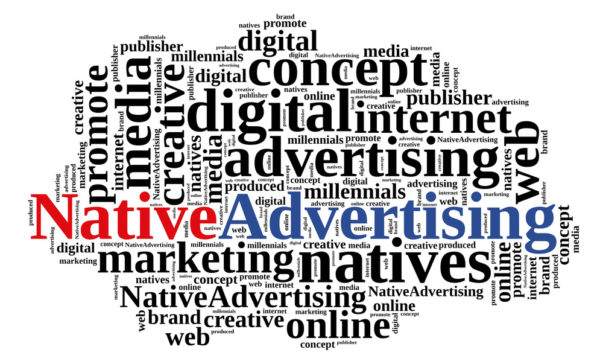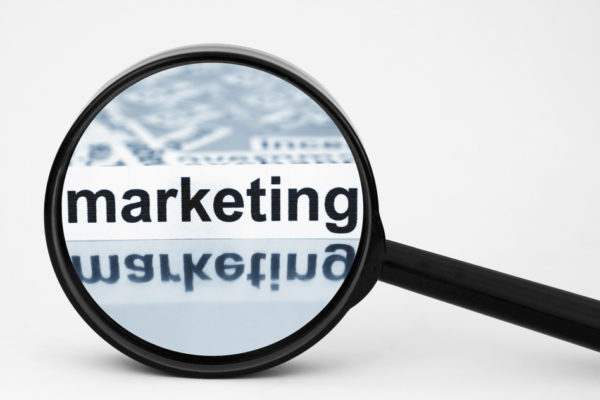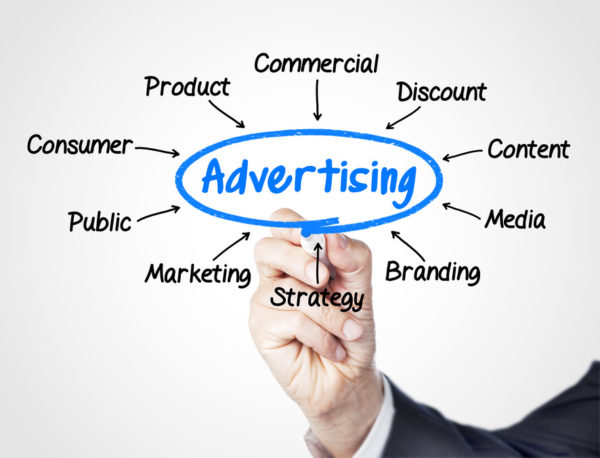The internet creates useful technologies for personalizing your marketing content. This is market segmentation. The medium allows you to address your audience by name, give them specific recommendations based on their interests, or send them discounts that they’re more likely to respond to. These technologies allow you to utilize market segmentation and develop strategies to personalize content like no other medium can do.
What is market segmentation?
Market segmentation is a form of targeted marketing that allows you to personalize your marketing campaigns to the taste of the individual client. It uses information about your consumer audience—such as demographic or psychographic—to personalize your marketing strategy. It also allows you to automate this campaign strategy instead of analyzing every client profile individually. You might want to send different email campaigns to clients of different ages, or varying advertisements to clients in different locations. In short, consumers get specified advertisements, and your business wastes less time targeting the wrong audience.
Why use market segmentation?
In addition to leading to an average 19% increase in sales, a personalized web experience allows you to develop strong relationships and client loyalty. Do you know that appreciation you feel when your barista knows your drink before you order? That works for marketing too. Users are constantly bombarded with advertisements. Personalizing your campaign to the individual develops a unique and valuable human connection.
Four points for market segmentation:
- Determine what your most valuable clients have in common. Age? Zip code? Education? This can give you hints about what they value and what they will respond to. It also gives you insight into what consumers you should be targeting to bring in new clients.
- Use dynamic content—HTML content that changes based on the viewer. Dynamic content might recognize them by name or change the content of a form based on their occupation. In short, it makes the client feel recognized and valued.
- Collect data before you collect an email. Doggyloot, a retail company that sells products for canines, asks subscribers how big their dog is before they sign up for emails. The idea is that products for big dogs are only sent to customers with big dogs. The result? Their click-through rate for these personalized email campaigns is 410% above average.
- Utilize social media. While automation can be great for setting up campaigns, it can also be frustrating for clients when used too much. Social media allows you to create real person-to-person interaction. The consumer feels cared for when they’re not forced to talk to a robot to get their question answered. Plus, talking with your customers helps you know what they need and personalize the marketing campaigns you send them.
Ultimately, market segmentation works for the benefit of the consumer and the business. The consumer is only getting advertisements that they’re interested in and the business is getting the most from their marketing campaign. Although working to target demographics can take a little more work, it ensures that your marketing strategies are worth the work you’re putting in and will bring the best results.





























![Advertising Budgets 2016: 4 Trends You Need To Know [Infographic]](https://www.mdgadvertising.com/blog/wp-content/uploads/2015/09/2016_Advertising_Trends_1000_compressed.jpg)